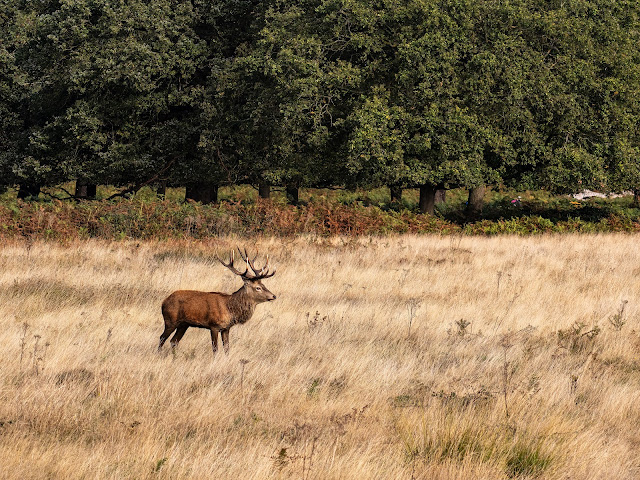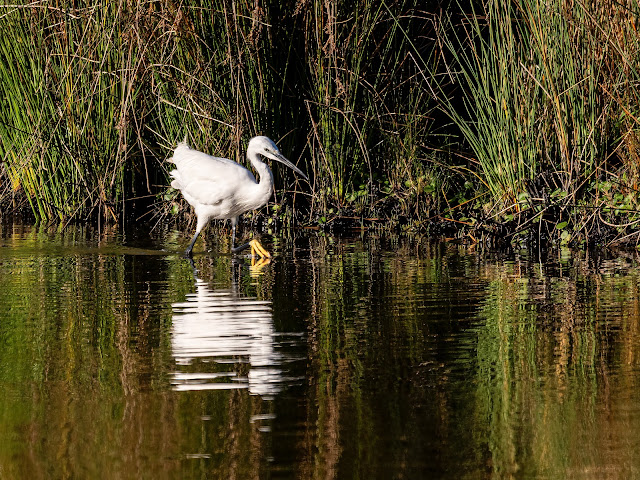I have previously written about the appalling Badger cull in England which the Conservative Government seems intent on pursuing despite huge public opposition and overwhelming scientific evidence proving its ineffectiveness in eradicating bovine TB ....
SS15 wildlife watching: Badger cull
In Wales, where there is a Labour-led Government, 94% of cattle herds are free from bovine TB with no culling of Badgers. Whilst England needlessly culls well over 200,000 Badgers, Wales protects both cattle and Badgers.
Badger Trust - 94% of Welsh herds are bTB-free without culling badgers
This tells you everything you need to know, if that was actually necessary, about the Conservative UK Government's attitude to the biodiversity crisis and its dreadful record on protecting and conserving wildlife and restoring and rewilding the natural environment.
Now, the Labour Party has vowed to end the Badger cull in England if returned to Government in a General Election.
Daniel
Zeichner, the Shadow Farming Minister, said: “I’ve spent a long time looking at
this. The 2018 Godfrey review, the last piece of work done
by the Government, found that Badger culling is not the answer. We’re going to
make England bovine TB free by 2038 but with a range of measures that do not
include culling.”
The Labour Party’s stance is in stark contrast to the approach
of the Conservative Government. Although her predecessor, George Eustice, promised to phase out the Badger cull by
2025, the current Environment Secretary, the utterly useless Thérèse Coffey,
said that her department, DEFRA, would continue with it.
Coffey said recently: “But
I’ve been very clear in England. I’m not going to be held by some artificial
deadline that has already been put in place. We will keep culling for as long
as it is the best way to do that.”
Zeichner
said of Coffey’s comments: “Coffey is trying to make this some kind of dividing
line issue, but it’s a false promise. I speak to a lot of farmers and unlike
her I don’t just tell them what they want to hear, I have to have answers. The
better promise is to eliminate bovine TB. I think we should be moving to a
different approach, because we’ve been culling for quite a long time, and it’s
still a big issue and we’re still spending £80m a year on compensation, so it’s
not exactly working is it?”
He
added: “We also talk too much just about Badgers – it isn’t only about Badgers.
The mental health issues that come up on this, I’ve met quite a few people, and
they’ve absolutely convinced me that this is probably one of the most
distressing issues people in the countryside come up against. So, I’m hugely
sympathetic to that. But I actually want to beat it. And we can do that with
vaccines and biosecurity measures.”
Ruth
Jones, the Shadow Nature Minister, said her experience as a Member of Parliament
in Wales had shown that the Badger cull could be brought to an end with a
vaccination scheme.
Asked
if she would vaccinate Badgers to eradicate bTB and end the cull, Jones said:
“We’ve got some good news on the Badgers. It is a massive issue because unless
you fund the vaccines we aren’t going to eradicate TB and it’s really, really
important we do that. We are doing it in Wales and we will do it across the
UK.”
In Wales, there is no Badger cull. While there was a targeted cull in
Pembrokeshire in 2009 under the Plaid Cymru-Labour coalition Government, the
Labour Party ended the general cull in 2012. Since
then, Badgers have been killed in small numbers under individual licences if
they are shown to be diseased. Instead, the Government has focused on
vaccination for Badgers and enhanced biosecurity measures for cattle. This has
been found to reduce bTB levels effectively without
culling any Badgers.
#DefendNature
#RestoreNatureNow
Please help save and enhance our laws that protect our environment and wildlife
💚🦆 🦉🦋🐝🦊🦡🌼 🌳💚
Stay safe, stay well, stay strong, stay connected with nature


















































